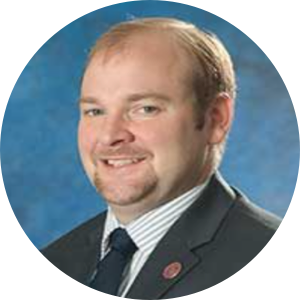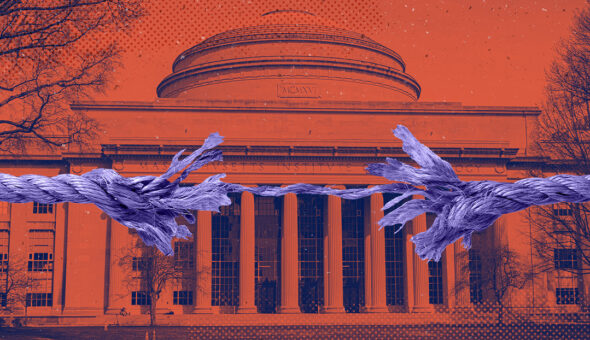In order for the new president to effectively communicate from the start, marcomm teams need to play an active role on the presidential transition team before, during and after the president’s arrival.
As marketers, we understand the importance of the “brand”; unfortunately, those in academia often have an aversion to such terms and tools of the trade. That’s why it’s crucial to explain the brand and how it was developed. Hit three key topics for your new chief executive:
- Review the research the brand is based on
- Highlight evidence of campus-wide input from all constituents (including faculty) on the brand’s essence and institutional pillars
- Provide insight into how the brand can be embodied and expressed by the president, and used in the college’s marketing, communications and design materials.
It’s ideal for marcomm teams to connect with the incoming president before their arrival, because what a president says before they arrive, or how they say it, can set a tone for connection with the brand upon arrival. This can only serve to more strategically position the president as brand ambassador from the onset. A president’s first message to campus, typically an email or blog post, will look and feel more authentic if they understand early on how their intended message can best be delivered through brand attributes that already resonate with the community.
The president’s onboarding should include a strategic presentation, best-in-class examples, and discussions about tone, language, and brand. Expand on how these can be incorporated into presidential speeches, social media accounts, websites and thought leadership opportunities.
#2: Present Key Proof Points and Lead Stories
The best brands are more than just inspirational taglines or slogans – they’re built on a shared understanding of the institution’s strengths, purpose, and promise. They are also supported by pillars and proof points that bring that brand to life quickly and clearly. It is those storytelling touchpoints that new presidents must absorb quickly as they begin their tenure, because they need ready access to those brand pillars and the stories that support them as they begin representing and communicating on behalf of their school.
Many presidents tend to utilize their first six months, or even a year, to engage in a wide “listening tour,” meeting with internal and external campus stakeholders to learn about perceived strengths and opportunities for the institution. Presidents can earn quick relationship wins through effective storytelling because stories connect people, and presidents need to be well versed in those stories almost immediately if they’re going to find common ground with constituents, both internally and externally.
Internally, stories can help new presidents quickly assert an understanding of the mission and ethos. For instance, a president could talk about mentorship broadly or share specific stories of alumni that attribute their professional success to a professor. Externally, a president can use stories to immediately create value propositions for the institution, even before knowing all the ins and outs of the institutional budget or structure.
Although presidents hope to engage in listening tours, they may be thrust quickly into meetings about funding formulas or budget cuts. They’ll need to advocate strongly on behalf of their institution, and the best way to make those points is via stories rather than broad strokes.
#3: Get on the Same Page About Social Media
College presidents know that it’s important to be on social media. But do they really know how to engage on social media or even what is meant by “social media?” Presidents, for instance, may come onto campus wanting to have a social media presence because they know it’s an important and effective way to engage with today’s social-savvy student body. But college presidents may not fully understand or have deep insight into how and when social media is most valuable for them, or how to present themselves authentically on those platforms.
There are many questions for them – and the marcomm teams that assist them – to consider including:
- Do they want to be a thought leader?
- Do they want to engage directly with the students and show an approachable, human side?
- Do they fully understand the brand and brand voice in such a way that they can clearly convey it through social media messaging on multiple platforms?
- Do they have the time and skill set to post regularly and consistently?
- Do they know what “effective use” of social media means in terms of resources?
In other words, do they understand what “having a social media presence” means, including that it’s more damaging to have one and do nothing with it than to not have one at all? Marcomm teams can play a strategic role in educating and advising a new president on what social media are available and provide some examples of how to use them.
As technology and communication platforms, such as social media, have evolved, so has the role of the college president. Part of their role has always been to support and advance the institution, but the modern day president must now do this through story-telling, strategic communication and outreach, and by serving as chief brand ambassador. That ambassadorship must begin at the time their appointment is announced, even before they’ve officially begun, because it’s not a role the president can afford to grow into slowly. It must be their words conveying their vision as they transition into this all-consuming and ever-evolving post.








